A Guide to Gene Therapy for Hemophilia in China
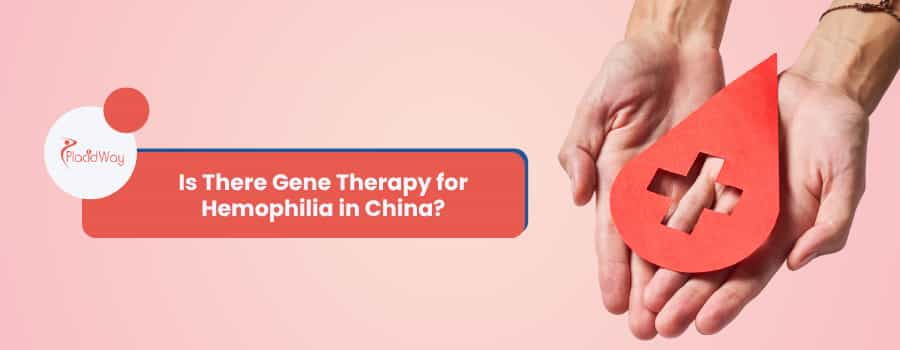
If you or a loved one is living with hemophilia, you know the constant routine of infusions and the persistent worry about bleeding events. It's a condition that demands lifelong management. But what if there was a different way? What if a single treatment could fundamentally change that reality? This is the promise of gene therapy, and it's a promise that is rapidly becoming a reality, especially in places like China. For years, we've heard about gene therapy in experimental stages, but now it's moving into clinical practice, offering potential long-term solutions for this genetic disorder.
China has invested heavily in biotechnology and medical research, emerging as a global leader in advanced treatments. This progress has led to significant breakthroughs, including the recent approval of a domestic gene therapy for hemophilia. This is big news for patients worldwide who are looking for alternatives to traditional, burdensome treatments. This guide is here to answer the questions you're likely asking questions about availability, safety, cost, and what the process actually looks like.
We'll dive into the specifics of gene therapy for hemophilia in China, separating the facts from the hype. We'll explore the differences in treatment for Hemophilia A and B, who is eligible, what the risks are, and what you can realistically expect from this cutting-edge medical solution.
What is gene therapy for hemophilia?
Think of it as a biological software update. People with hemophilia have a "bug" in the genetic code of their liver cells, which are supposed to produce clotting factors. This therapy uses a delivery vehicle, typically a harmless, deactivated virus called an adeno-associated virus (AAV), to carry the correct, functional gene into those liver cells.
Once inside, the new gene gives the cell the right instructions, allowing the liver to start producing its own clotting factor. The goal isn't to cure the disease by changing your entire genetic makeup, but to provide a durable, internal source of the factor you're missing, potentially freeing you from the need for regular injections and reducing or eliminating spontaneous bleeding episodes.
Is gene therapy for hemophilia officially approved in China?
This approval is a landmark event, marking a shift from purely experimental trials to commercially available treatment for Hemophilia B. This specific therapy was developed by Belief BioMed and shows China's capability in bringing these advanced treatments to market.
For Hemophilia A, the situation is still primarily in the advanced clinical trial stage. While not yet a standard approved therapy you can get "off-the-shelf," China has numerous, highly-regarded clinical trials in China that are testing gene therapies for Hemophilia A. Many patients, both domestic and international, access the treatment through these trials.
How does gene therapy for Hemophilia A differ from Hemophilia B in China?
This complexity is why gene therapy for Hemophilia B has progressed to official approval faster in many parts of the world, including China. The smaller F9 gene is more straightforward to work with, and treatments haveshown very stable and durable expression of Factor IX for years.
Therapies for Hemophilia A are catching up quickly, with many late-stage trials in China showing excellent results. These treatments are successfully enabling patients to produce their own Factor VIII, but the long-term durability and stability are still being studied closely. Both types of therapy use similar AAV vector technology, but the "cargo" they carry is different.
What is the cost of gene therapy for hemophilia in China?
While multi-million dollar price tags are common in the US and Europe, China's domestic development of these therapies suggests a potentially more accessible price point, though it will still be a very expensive, high-value treatment. It's crucial to distinguish between the commercial price and the cost of participating in a clinical trial.
To understand the value, it's helpful to compare the potential one-time cost of gene therapy against the relentless, lifelong cost of traditional factor replacement therapy. For a patient with severe hemophilia, the annual cost of prophylaxis can be hundreds of thousands of dollars.
Cost Comparison: Gene Therapy vs. Traditional Prophylaxis
| Metric | Traditional Factor Replacement | Gene Therapy (Potential One-Time Cost) |
|---|---|---|
| Treatment Frequency | 2-3 times per week, lifelong | One-time intravenous infusion |
| Estimated Annual Cost | $150,000 - $300,000+ (USD) | N/A (after initial treatment) |
| Estimated 10-Year Cost | $1.5 Million - $3 Million+ (USD) | Estimated $400,000 - $2,000,000+ (USD) (Price varies widely. Trial participation may be free.) |
| Total Treatment Cost | Accumulates indefinitely over a lifetime | |
| Patient Burden | High (frequent injections, travel, "bleed anxiety") | Low (after initial monitoring period) |
Are there active clinical trials for hemophilia gene therapy in China?
These trials are the primary way most patients, especially those with Hemophilia A, are accessing this treatment right now. Leading universities and research hospitals are conducting these studies to gather more data on long-term safety and effectiveness.
To find these trials, you can search international registries like ClinicalTrials.gov (search for "hemophilia," "gene therapy," and "China") or consult with medical tourism partners who specialize in connecting international patients with these advanced opportunities. These trials often have very specific criteria for participation.
Who is eligible for hemophilia gene therapy in China?
Here are some of the most common inclusion and exclusion criteria:
- Inclusion Criteria:
- Must be an adult (pediatric trials are separate and less common).
- Confirmed diagnosis of moderate or severe Hemophilia A or B.
- History of bleeding events or need for prophylaxis.
- Exclusion Criteria:
- AAV Antibodies: You cannot have pre-existing immunity to the AAV vector (e.g., AAV5, AAV8). A blood test will determine this. This is a common reason for ineligibility.
- Liver Health: Active liver infections (like Hepatitis B or C) or significant liver damage (cirrhosis) will typically disqualify you.
- Inhibitors: A history of or current active inhibitors to Factor VIII or IX can be an exclusion criterion for many, but not all, trials.
What are the leading hospitals for gene therapy in China?
Look for institutions with strong hematology departments and experience in advanced cell and gene therapies. Some of the cities and hospitals known for cutting-edge medical care in China include:
- Guangzhou: Kanglin Biotec
When considering a hospital, it's essential to verify that they are an official site for an active, registered gene therapy trial or are certified to administer the newly approved commercial therapy.
How successful is gene therapy for hemophilia in China?
Many trial participants who previously had severe hemophilia (less than 1% factor activity) see their levels rise to the mild or even near-normal range. For example, some trials have reported correction rates of 60-70% with a near-total elimination of spontaneous bleeding episodes.
The goal for most patients is to achieve a "phenotypic cure"—meaning they no longer experience spontaneous bleeds and may not need prophylaxis. While it may not always bring factor levels to 100%, it can be life-changing by moving a patient from a severe to a mild classification.
Is gene therapy for hemophilia in China safe?
The primary safety concern is liver inflammation (elevated liver enzymes). This happens when the immune system attacks the liver cells that have received the AAV vector. It is usually manageable with immunosuppressant drugs, like corticosteroids, for a period after the infusion.
Other potential risks include a decrease in platelet count or the long-term durability of the treatment (whether the effect wanes over time). This is why all participants are monitored extremely closely for years after the procedure. Serious adverse events are rare but are a key focus of all ongoing research.
What are the long-term effects of this treatment?
For Hemophilia A, there has been some evidence of a gradual decline in Factor VIII expression over time in some patients, but this is highly variable. The key long-term questions researchers are working to answer are:
- Durability: How long will the therapeutic effect last? 10 years? 20 years? A lifetime?
- Waning: If the effect does wane, can the patient be re-dosed? (Currently, re-dosing is difficult due to the immune response).
- Long-Term Safety: Are there any unforeseen complications that could arise many years later?
So far, the long-term safety profile remains positive, but it is an evolving area of medicine. All patients who receive gene therapy are part of long-term follow-up studies.
How long does the gene therapy procedure take?
The journey is more of a marathon than a sprint. It starts with an extensive screening process (which can take weeks) to confirm eligibility. After the infusion, you will be monitored very closely for several weeks and months. This includes frequent blood tests to check liver enzymes and factor levels, and you may be put on a course of immunosuppressants for several weeks or months to manage the immune response.
What is the preparation process for gene therapy in China?
You can expect the following steps:
- Initial Consultation: A detailed discussion with the hematology team about the procedure, risks, and benefits.
- Antibody Screening: A crucial blood test to check for pre-existing neutralizing antibodies to the specific AAV vector being used. If you have them, you won't be eligible for that trial.
- Liver Function Tests: A comprehensive panel of blood tests and imaging (like an ultrasound or FibroScan) to assess the health of your liver.
- Infectious Disease Screening: Tests for HIV, Hepatitis B, and Hepatitis C.
- General Health-Check: A full physical exam, EKG, and other tests to ensure you are in good overall health.
What happens after receiving gene therapy?
The main focus is monitoring your liver enzymes. If they start to rise, it signals an immune response, and your medical team will start you on corticosteroids or other immunosuppressants to protect the liver cells and the new gene.
You will also have your clotting factor levels checked regularly to see how well the therapy is working. Over time, these visits become less frequent, but you will likely remain in a long-term follow-up study for many years (often 10-15 years or more) to track your health and the durability of the treatment.
Can children receive hemophilia gene therapy in China?
There is also the question of how a developing immune system will react to the vector. Pediatric trials are being planned and are in very early stages, but the standard of care and current trial availability are focused on adults whose livers are no longer growing.
Why is China a popular destination for this treatment?
The Chinese government has prioritized biotechnology, leading to world-class research facilities and highly skilled specialists. The recent NMPA approval of a domestic therapy underscores the country's expertise. For international patients, this can mean faster access to cutting-edge treatments that might still be years away from approval in their home countries.
What are the alternatives to gene therapy in China?
These treatments are highly effective at managing hemophilia and preventing bleeds. Gene therapy is just one of several options, and your hematologist can discuss which treatment pathway is best for your specific condition, health status, and lifestyle.
How do I find a reliable clinic for gene therapy in China?
The best approach is to:
- Check official clinical trial registries.
- Verify the hospital's accreditation (e.g., JCI accreditation).
- Ask for data from their previous patients (within the bounds of privacy).
- Work with a trusted medical tourism facilitator who has vetted these institutions and has experience with advanced cell therapies.
What questions should I ask my doctor in China?
Here is a checklist of questions to ask your specialist:
- Am I a candidate for the approved Hemophilia B therapy or a clinical trial?
- What is the specific AAV vector being used, and what are my chances of having antibodies to it?
- What factor levels are you aiming for, and what have been the average results for other patients in this trial?
- What are the most common side effects you've seen (e.g., liver inflammation)?
- What is the full protocol for immunosuppressants (what drugs, for how long)?
- What is the long-term follow-up plan? How many years of monitoring are required?
- What are the costs, and what exactly is included?
- If the effect wanes, what are my treatment options then?
Ready to Explore Your Options?
Navigating the world of advanced medical treatments like gene therapy can be overwhelming. At PlacidWay, we are here to help you connect with world-class, accredited medical institutions in China and around the globe. Let us help you find the right solution for your healthcare needs.
Explore PlacidWay Medical Solutions
.png)
.png)



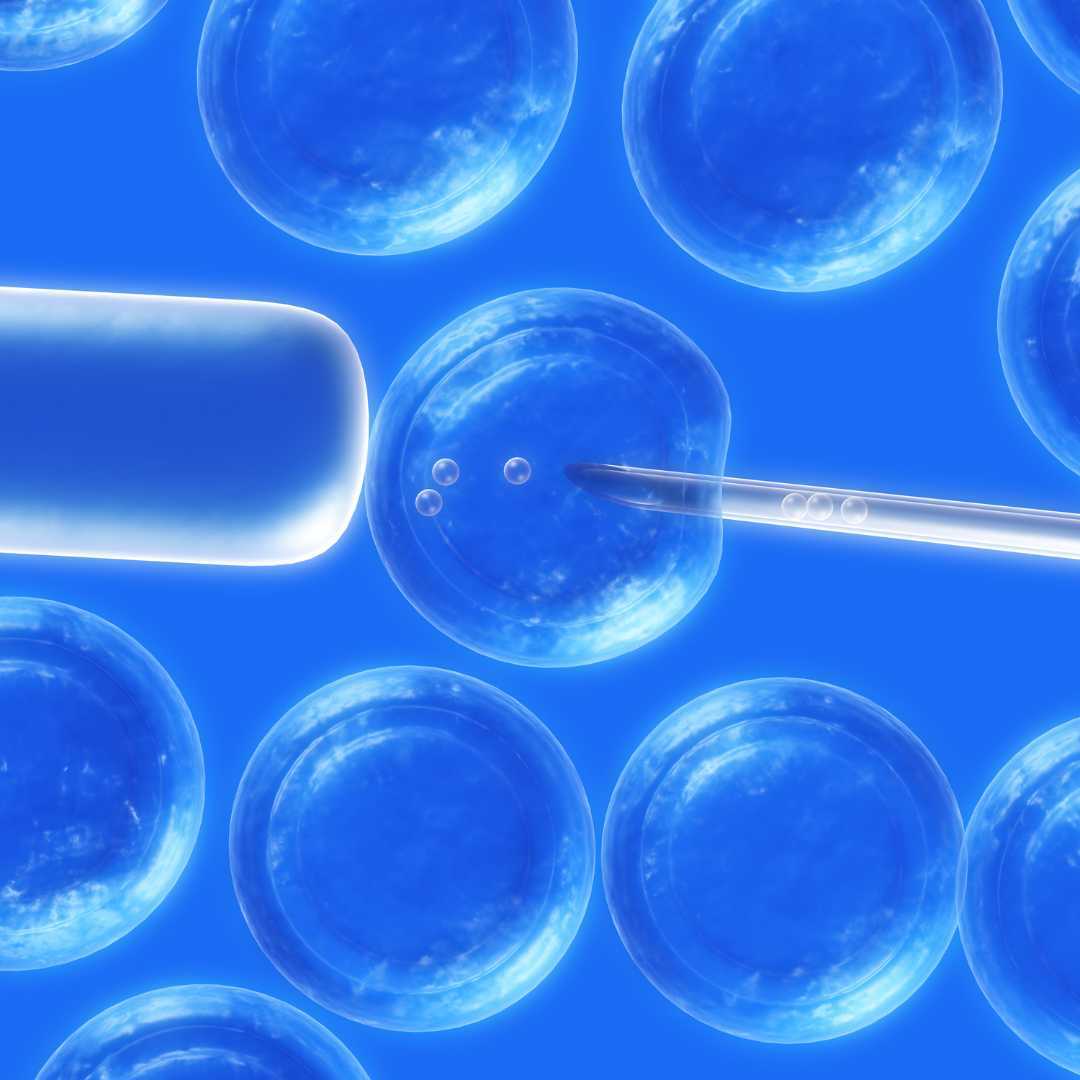



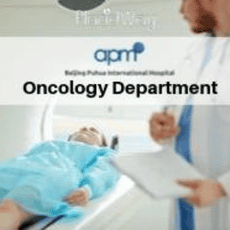
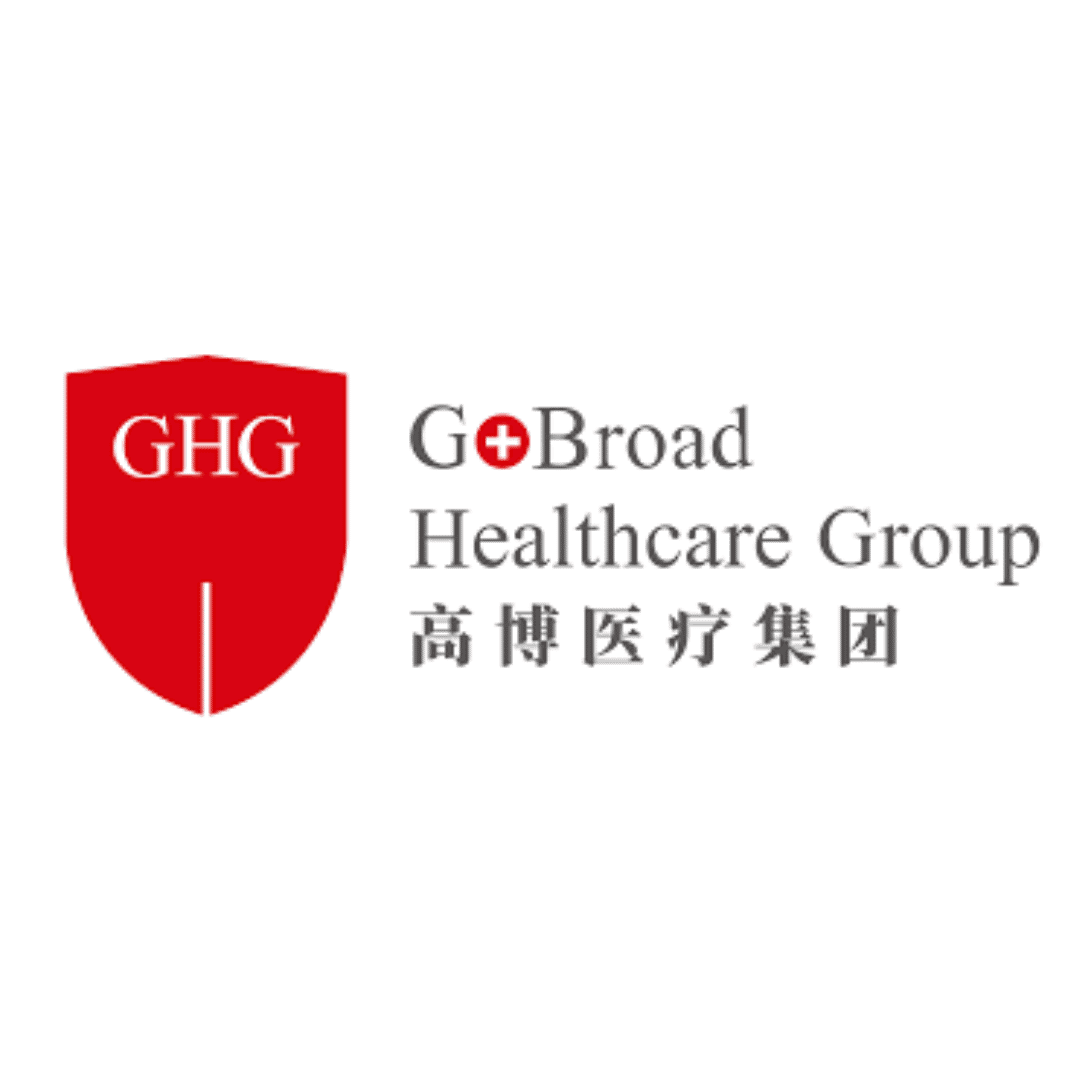
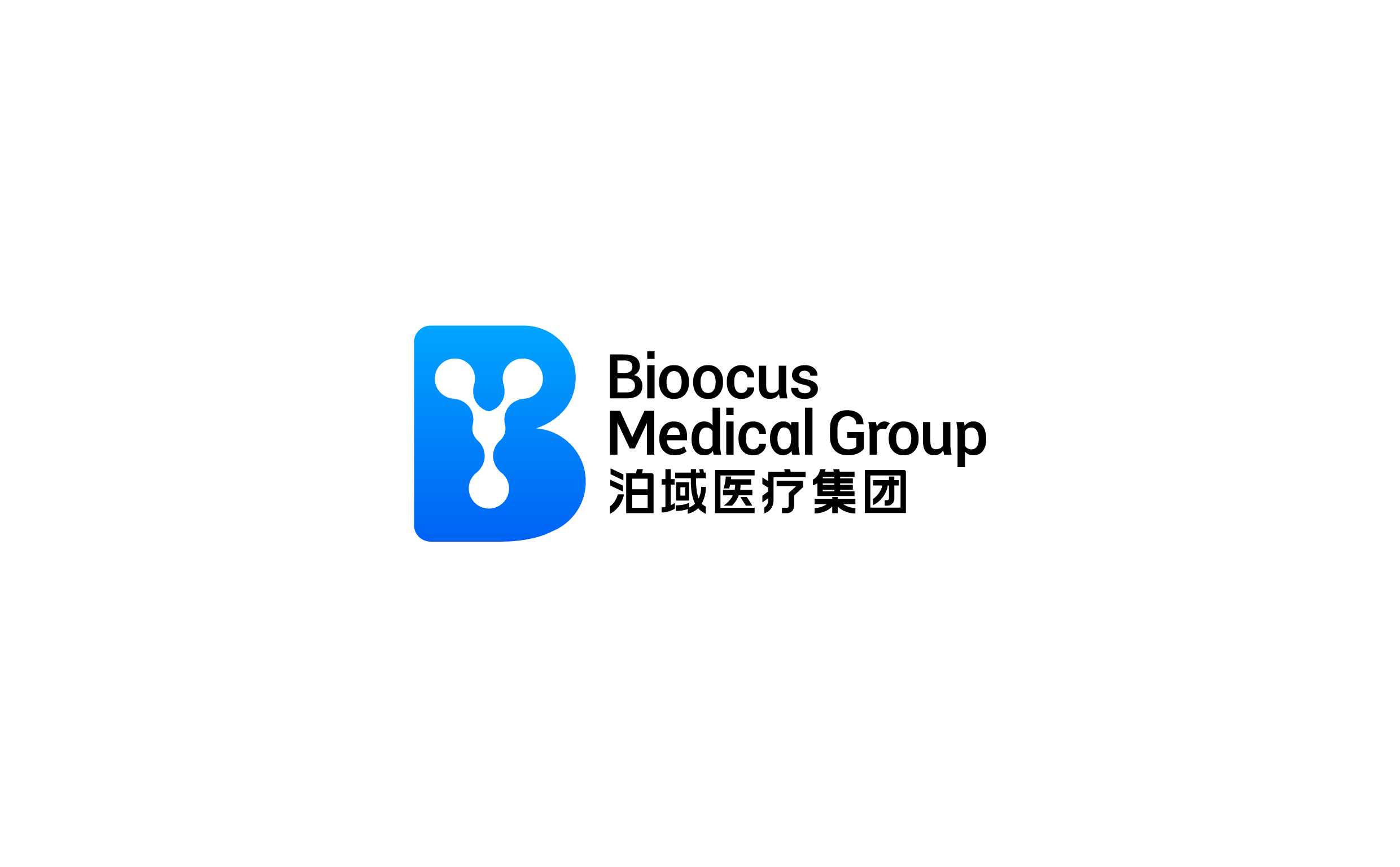
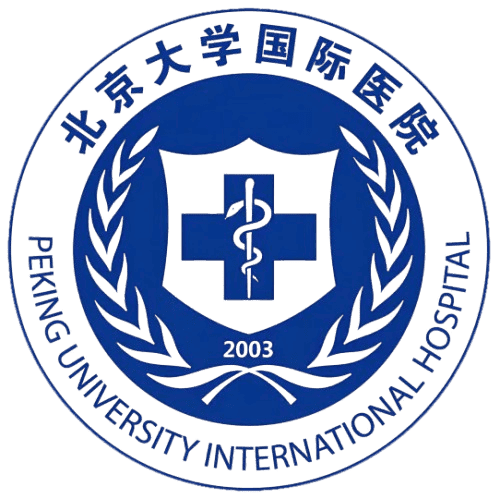
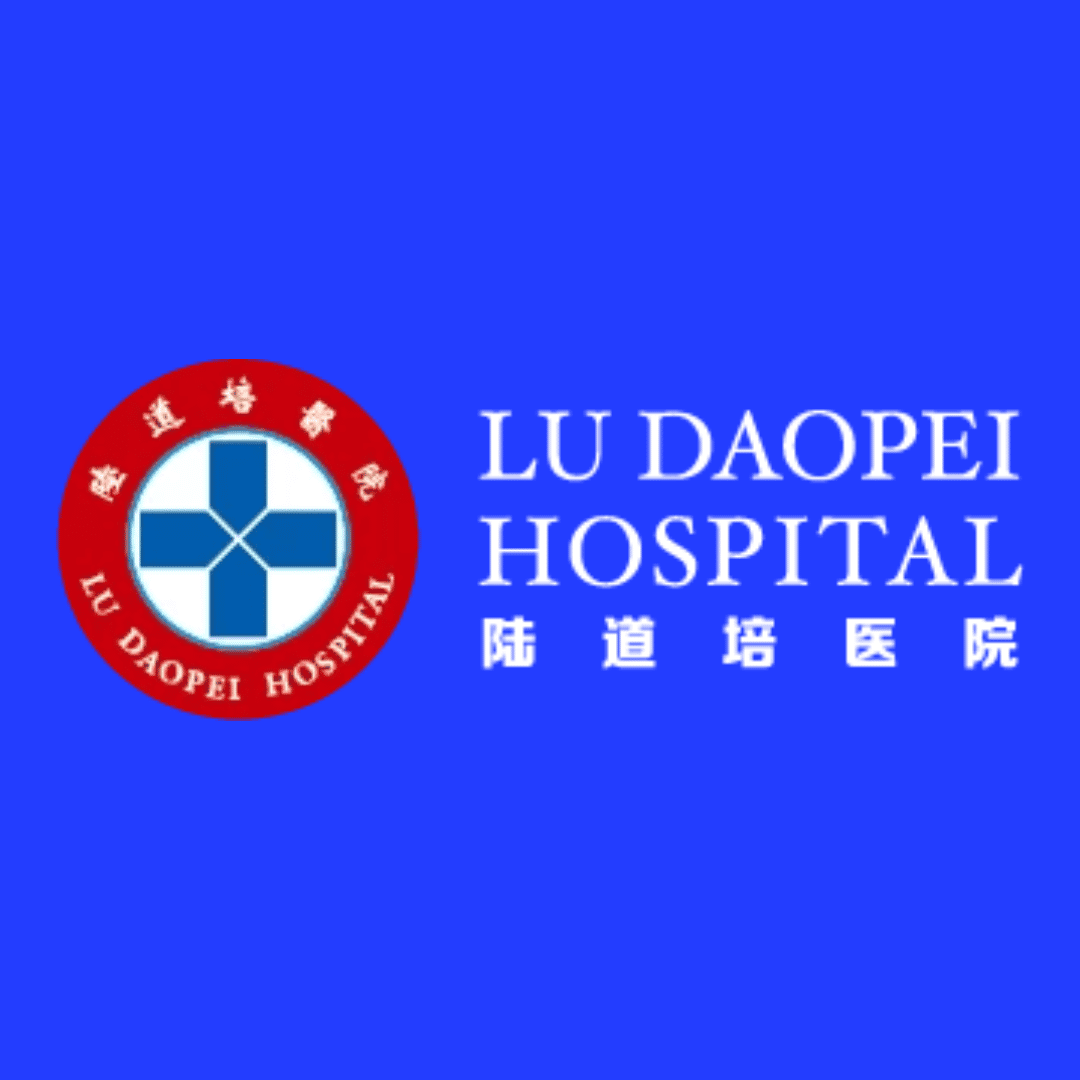

Share this listing